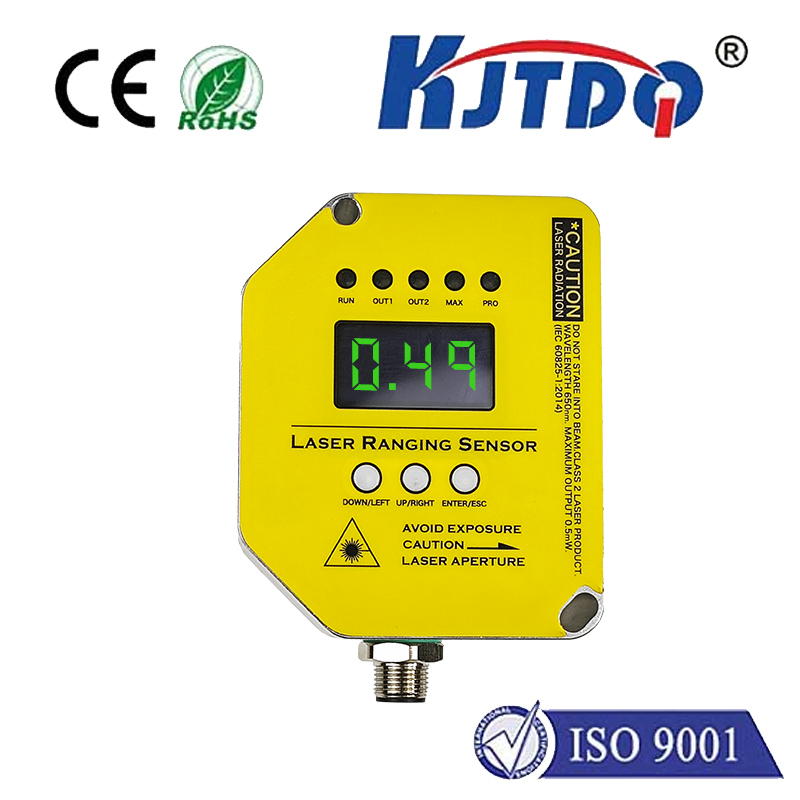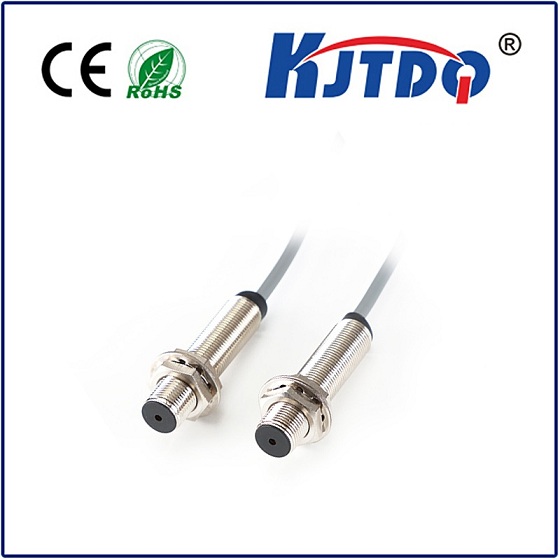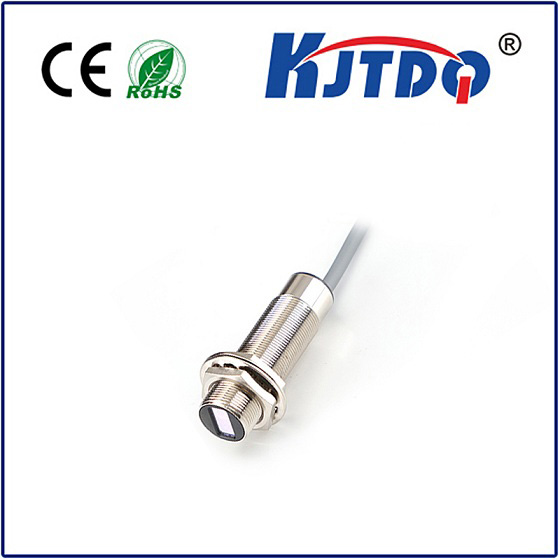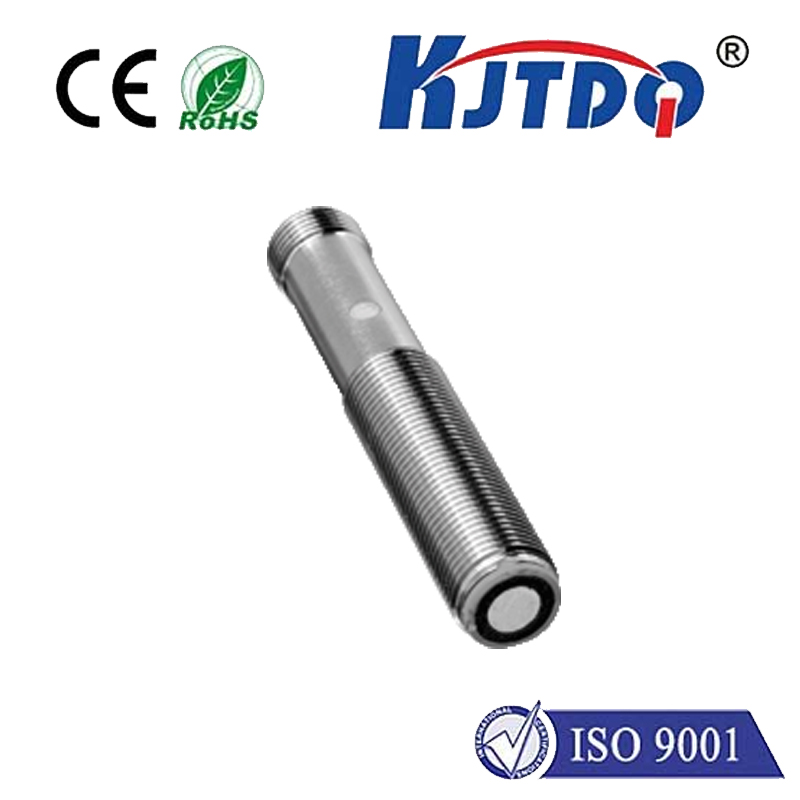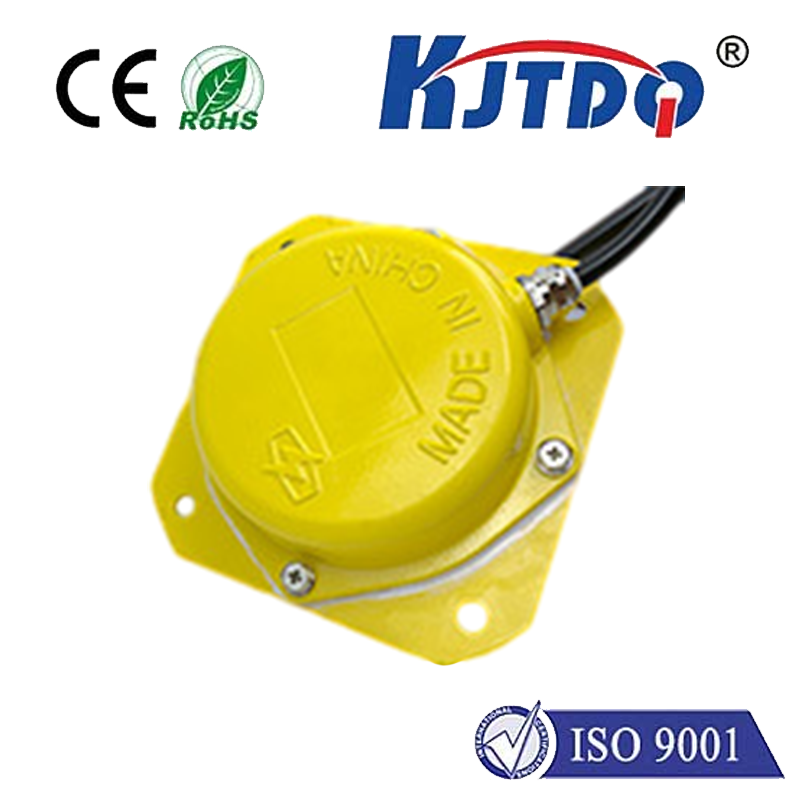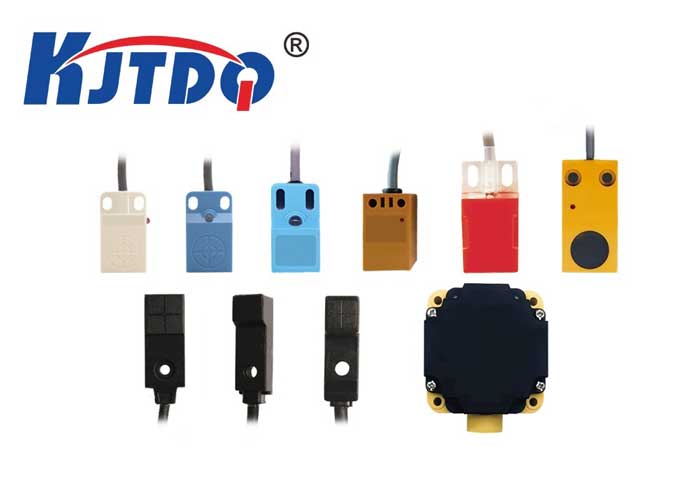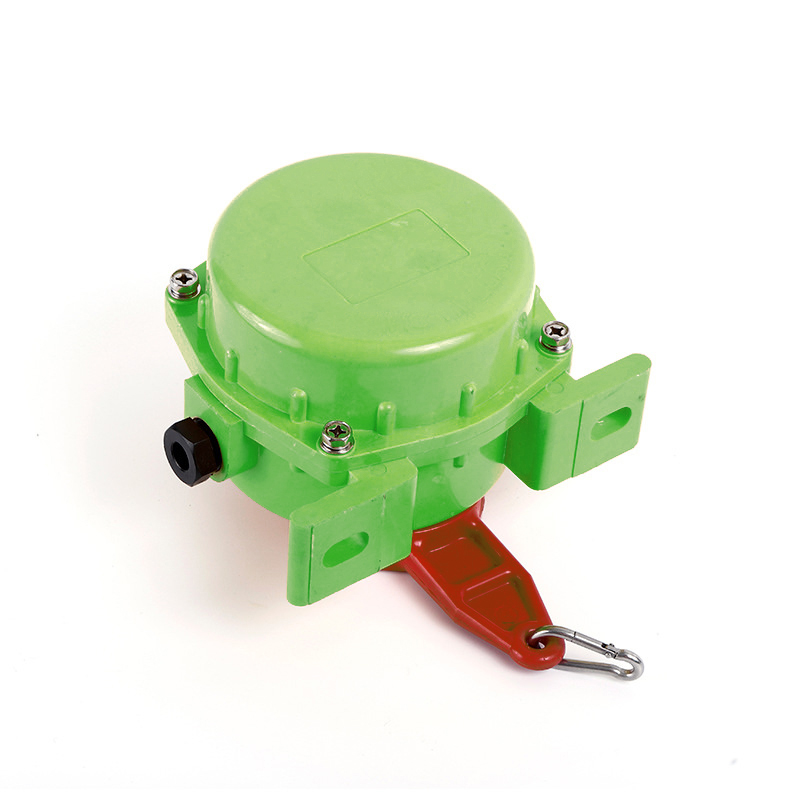

check

check

check

check

check

check

check

check

check

check
Title: Exploring the Versatility of 3 Pin Limit Switches
Limit switches are fundamental components in automation systems, playing a crucial role in detecting the presence or absence of an object. Among various types, the 3 pin limit switch stands out due to its unique design and functionality. In this article, we will delve into what makes the 3 pin limit switch so versatile and explore its applications in different industries.
The Basics of 3 Pin Limit Switches
A 3 pin limit switch consists of three connections - one common (C), one normally open (NO), and one normally closed (NC). The common pin serves as the connection point for power, while the other two pins are used to control output signals depending on the position of the actuator. This simple yet effective configuration allows for flexibility in circuit design and control logic implementation.
Applications in Manufacturing
In manufacturing processes, 3 pin limit switches are commonly used for machine setup and cycle control. They can detect when a part is correctly placed or has moved to the desired position within an assembly line. By integrating these switches into automation systems, manufacturers can ensure consistent product quality and increase operational efficiency.
Use-cases in Automation Engineering
Automation engineers often rely on 3 pin limit switches for precise motion control. Whether it's monitoring conveyor belts, counting objects passing through a chute, or ensuring safety barriers remain unobstructed during operation, these switches provide essential feedback for automated systems to function optimally.
Role in Security Systems
In security applications, such as access control or perimeter protection, 3 pin limit switches are employed to trigger alarms or door locks upon detecting an object or person attempting to breach a secured area. They offer a simple yet effective way to enhance security measures without complicated installation procedures.
Benefits of Using 3 Pin Limit Switches
One of the primary advantages of using a 3 pin limit switch is its adaptability to different voltage levels and current capacities. This means they can be easily integrated into existing systems with minimal modifications required. Additionally, their sturdy construction ensures reliability in harsh environments, making them suitable for industrial settings where durability is paramount.
Conclusion
The versatility of the 3 pin limit switch lies not only in its ability to serve multiple purposes but also in its compatibility with various industrial applications. From enhancing manufacturing processes and automating complex machinery to securing facilities and more, this humble component proves itself indispensable across diverse sectors. As technology continues to evolve, so too does our reliance on components like the 3 pin limit switch to keep our systems running smoothly and efficiently


